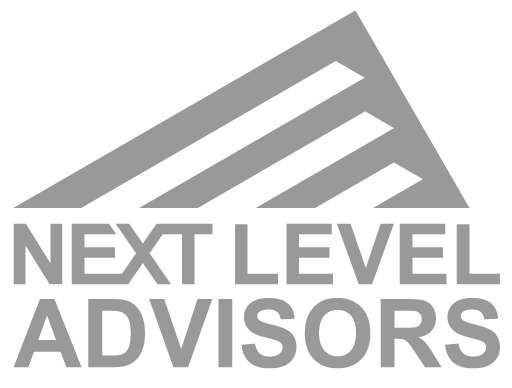The Fifth (and final) Roadblock to Growing a Successful Business

How do you know if you have the right business model for growth?
In this final installment exploring The Five Roadblocks To Business Growth, I discuss the problem of the Business Model. This is the fifth and final roadblock to business growth.
The Five Growth Roadblocks
- Cash Flow
- People
- Organization
- Business Development
- Business Model
3. Business Model
The Problem
Having the right business model is one of the more difficult roadblocks to identify, accept and overcome. A business model is defined by the collective methods you utilize for handling incoming orders and how you subsequently process and execute on the delivery of your product or service. Think “Bricks & Mortar” Store versus Online Marketplace.
One graphic example of a business model misfit is a company I consulted with a number of years ago (this was during my earlier career in market research). The business was an electrical parts supplier (third generation family business BTW). This company produced a big catalog every year containing over 10,000 parts with pictures and descriptions. Catalogs were sent out by mail to electrical contractors, architects etc.
Customers would call the company, get transferred to a call center and an order would be taken over the phone. Then an order would be sent down to the warehouse and individual orders assembled and shipped out. Over a period of time (approximately 5 years), this firm experienced gradually declining sales followed by a severe in plunge in orders and revenues. By the time I met them, they were in danger of financial armegeddon.
The Solution
We needed some answers about how and why this had happened. After a quick series of meetings we implemented a research plan. Step one involved conducting a qualitative study of the competition (i.e focus groups with contractors). The results were not a huge surprise. It turned out that several big competitors had already switched over to a completely web-based system with web-based pricing and web-based order processing.
By eliminating the overhead of a call center and labor intensive warehouse order management, the competition was able to reduce pricing. Over time, the web-based models became much more cost competitive than my client.
Of course, as my client’s customer base gradually found out about the lower-priced competition, they gravitated away from my client’s company. Sadly, this was even true of many customer relationships that dated back more than 30 years. Some much longer.
If you have read this far, you can probably figure out how we fixed this. We recommended that the client change with the times and convert over to the web-based model. It took them over 18 months and cost more than two million dollars (that was version 1.0). But in the end it was good enough and it worked! Today, over ten years later, they have regained the leading industry role they once had. They are also still working continuously to upgrade and improve their online systems.
So this short tale demonstrates my point about business models. You may have started your business doing things one way, but because of technology, there are new ways and means of conducting business.
If you don’t have the capital and ability to change with the times, it is likely that your business model will become outmoded and outdated. I hate to say this, but in this era we are forced to change or fail.
For you smaller companies, don’t let these numbers scare you too much. Web-based technology is changing and improving so quickly that systems requiring tens of thousands can now be purchased for low monthly rates. Software As A Service (SAAS) companies are one of the biggest trends now in Silicon Valley (think Salesforce.com). Even smaller players can outperform larger companies in many niches of the marketplace. My software for this website contains a backend that can practically launch the space shuttle and will take me years before I need or access 75% of it. And it is costing me less than a couple of thousand per year. If you are curious, check out New Rainmaker.
In our next post, we will continue the theme of Business Model challenges by addressing Scalability. What it means, and how to achieve it.
Reach Out
Is your business exhibiting any of the symptoms I’ve described? If you find yourself struggling in any of these five categories, consider how the solution perspective can help you take steps to turn it around.
The truth is, a lot of entrepreneurs find it difficult to ask for help. I encourage you not to wait until it’s too late. If you’re not sure what to do next, you can reach out to me here.
SCHEDULE YOUR INITIAL CONSULT
Set up a meeting with Tom and learn where your business stands.

